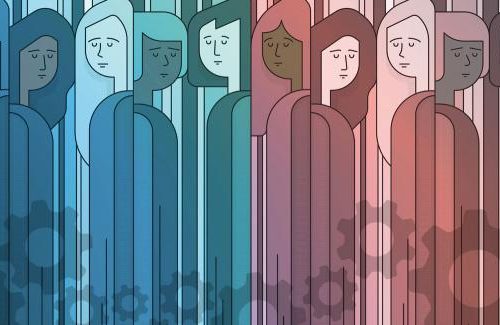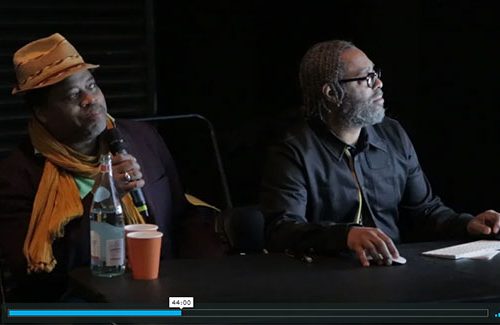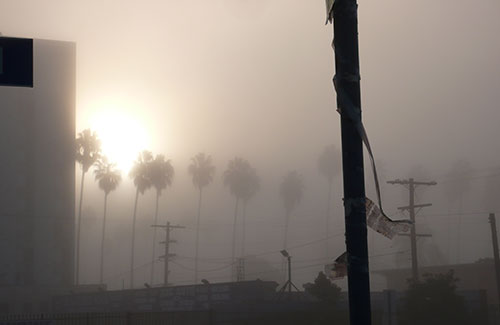Curatorial Statement
Arthur Jafa’s Love is the Message, The Message is Death (2016) was the centerpiece of the DMA’s 2017 exhibition Truth: 24 frames per second. A survey of our film and video collection, Truth explored the role of the moving image in framing our lived experiences and forcing us to reckon with what we see.
The film hit home for us in North Texas: among the footage Jafa repurposed was that of a white police officer violently pushing a 15-year-old Black teenager to the ground during a 2015 pool party in McKinney. Since the work was created, 15-year-old Jordan Edwards was murdered by a Balch Springs police officer, and Botham Jean and Atatiana Jefferson were killed in their homes by Dallas and Fort Worth police, respectively. We currently find ourselves in another reckoning with our continued inaction in keeping Black Americans safe from state-sponsored violence and domestic terrorism.
In his seven-and-a-half-minute work, Jafa presents an expansive view of history: the video flickers between some of the earliest filmed moments of the US civil rights movement, contemporary clips, and dystopian futures depicted in science fiction films. Will 2020 mark a turning point in our local and national history of racist discrimination and violence? What role does each of us play in creating a future where our racial identities do not impact our health and safety?
Love is the Message, the Message is Death
Content warning: This video contains footage of actual, graphic violence and includes strong language.
I am thrilled for the opportunity, finally, to have as many people as possible see ‘Love is the Message, The Message is Death.’
– Arthur Jafa
Resources
i
Watch: A conversation between artists Arthur Jafa and Dallas’s own Ja’Tovia Gary
A rapid-fire mash-up of images meant to suggest the brutalities and beauties of American, specifically African-American, life, is a powerful thing, on every level a tour de force. . . . It’s a work that should be discussed, analyzed, argued with—respected that way.
– The New York Times




